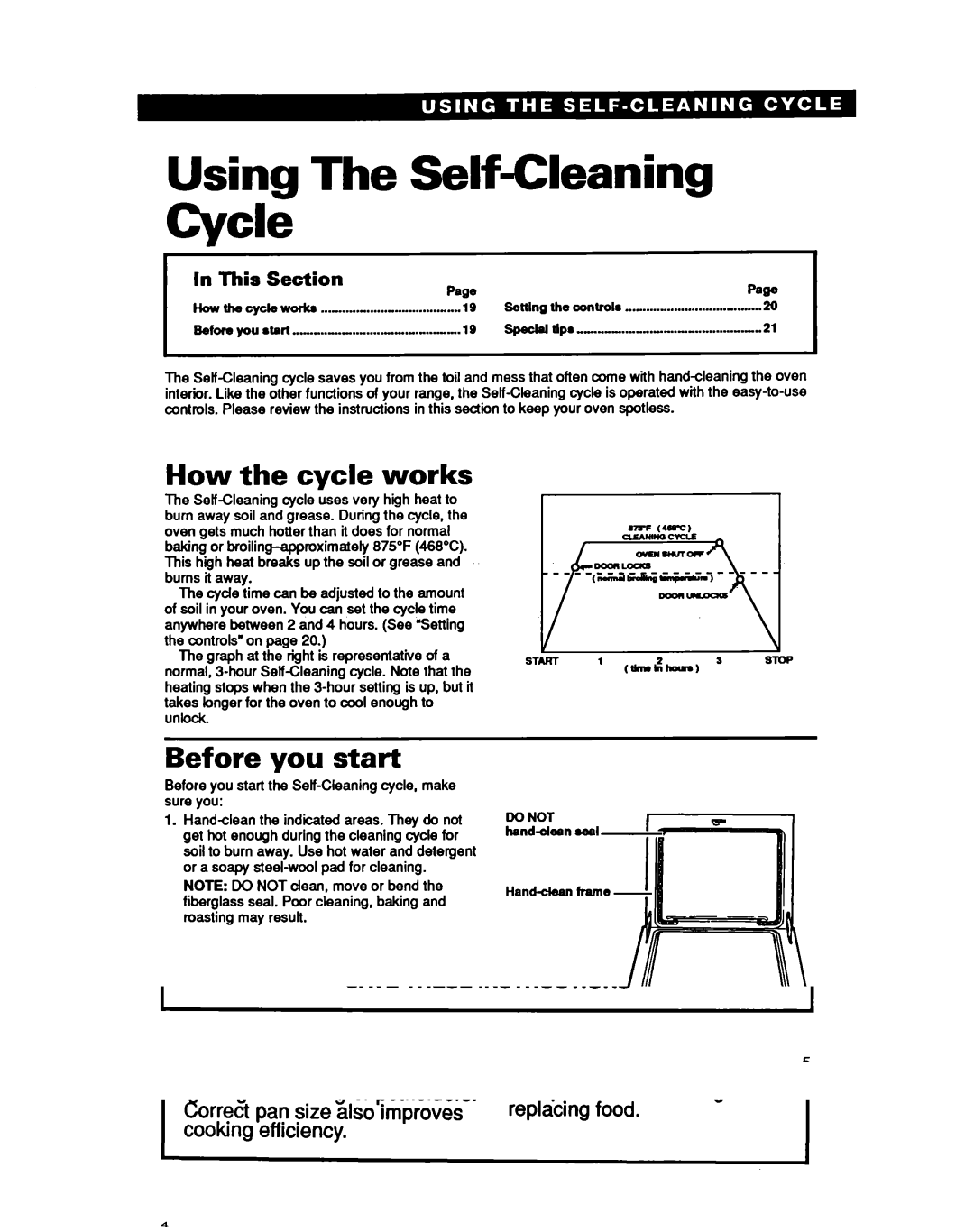RF36OOXY specifications
The Whirlpool RF3600XY is a state-of-the-art refrigerator that highlights innovative design and advanced technology, ideal for modern kitchens. With a sleek and elegant stainless-steel finish, this appliance not only enhances the aesthetic appeal of your kitchen but also ensures durability and ease of maintenance.One of the standout features of the RF3600XY is its spacious interior, designed to optimize storage capacity while maintaining organization. The refrigerator boasts adjustable shelves, allowing users to customize the layout according to their needs. Additionally, the crisper drawers are specifically designed to keep fruits and vegetables fresh for longer, thanks to the humidity-controlled environment that helps maintain optimal freshness levels.
Energy efficiency is a critical consideration in today’s appliances, and the RF3600XY excels in this area. It comes equipped with advanced energy-saving technology that not only reduces energy consumption but also helps in lowering utility bills. The model is ENERGY STAR certified, ensuring it meets strict efficiency guidelines.
Another noteworthy characteristic is the innovative cooling technology, which features a multi-airflow system. This system ensures even cooling throughout the refrigerator by directing cold air to every corner, preventing temperature fluctuations that could spoil perishable items. The separate temperature controls for the refrigerator and freezer sections further enhance the user experience, allowing for precise adjustments based on specific needs.
The Whirlpool RF3600XY also integrates smart technology, making it compatible with home automation systems. Users can connect the refrigerator to their Wi-Fi networks and manage settings remotely using a smartphone app. This feature allows for monitoring food supplies, adjusting temperatures, and even receiving notifications about expiring items, adding a layer of convenience to everyday life.
Moreover, the RF3600XY is designed with quiet operation in mind, incorporating sound-dampening features to minimize noise while still providing optimal performance. This focus on user comfort makes the RF3600XY a perfect choice for any home.
In conclusion, the Whirlpool RF3600XY is a blend of style, efficiency, and smart technology, making it a top choice for anyone looking to upgrade their kitchen appliances. With its spacious design, innovative cooling technology, and energy-efficient operation, it addresses the needs of the modern consumer while ensuring reliability and convenience in everyday food storage.

